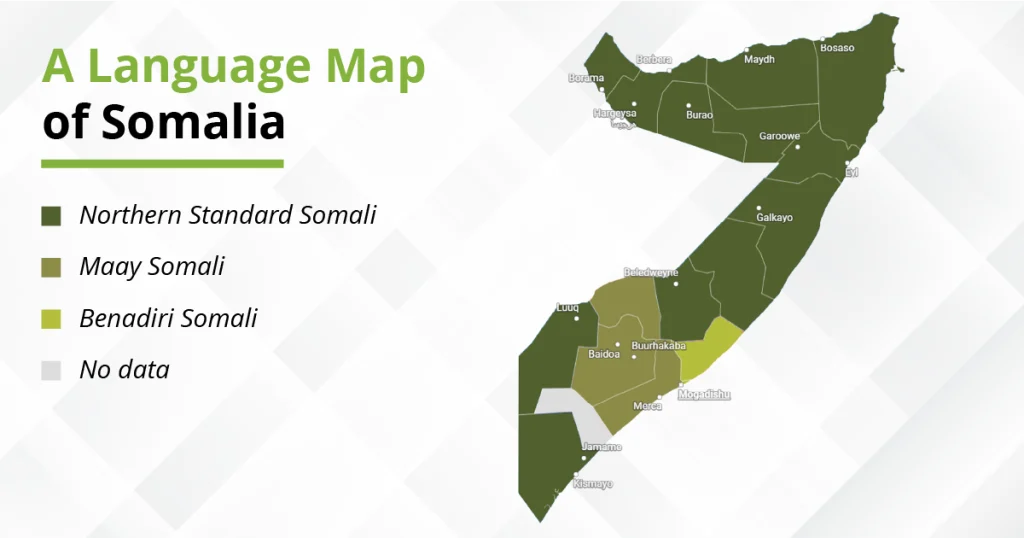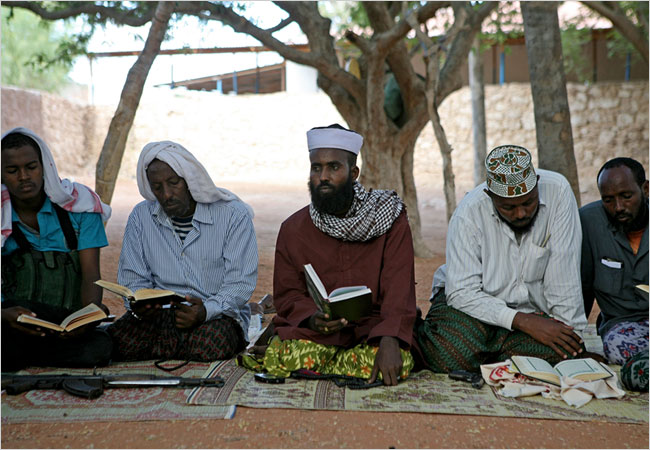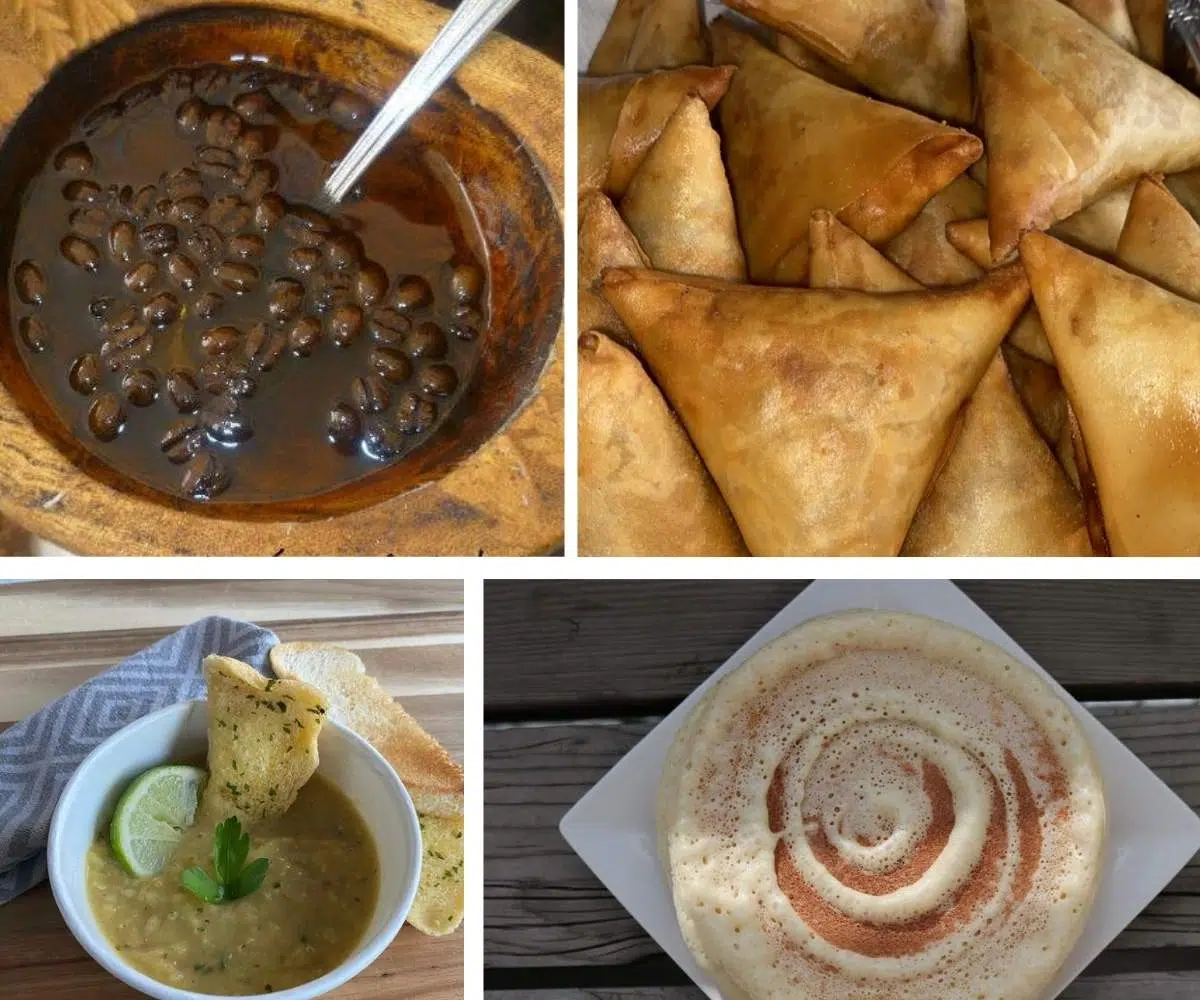SOMALIA
Somalia is a country located in the Horn of Africa, known for its stunning coastline, strong culture,
and resilient people. Bordered by the Indian Ocean, it boasts the longest coastline in mainland
Africa, offering breathtaking beaches and a warm tropical climate.
Somali culture is vibrant—rooted in poetry, hospitality, and deep family values. The people are
proud, adaptable, and filled with hope for a brighter future.
With a youthful population, growing cities, and strong community spirit, Somalia is a land of
beauty, potential, and possibility.
Where the ocean sings and the sun embraces the
land Somalia, a pearl of resilience and grace.







